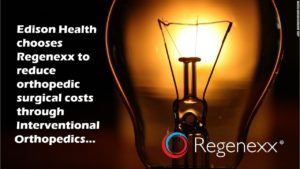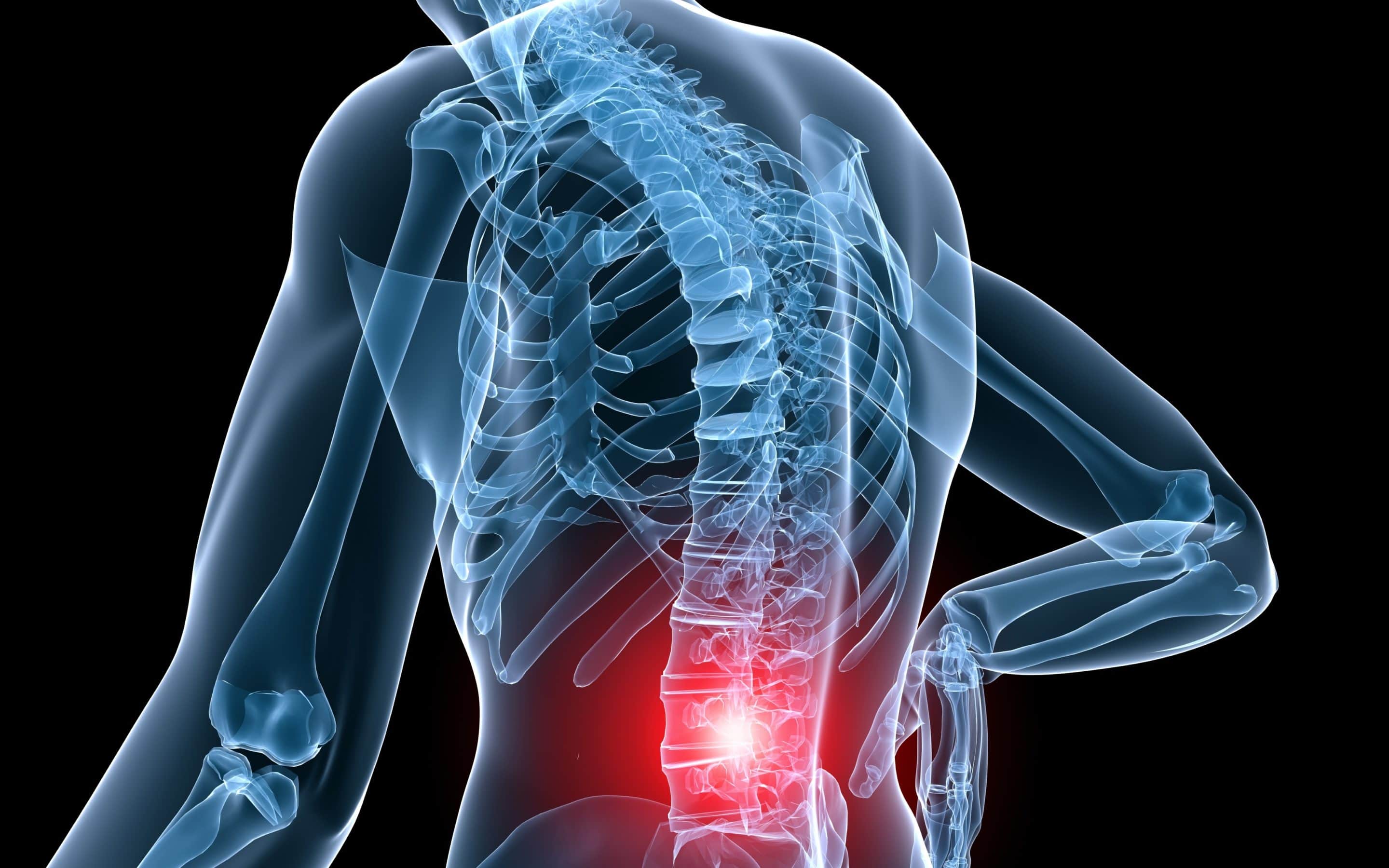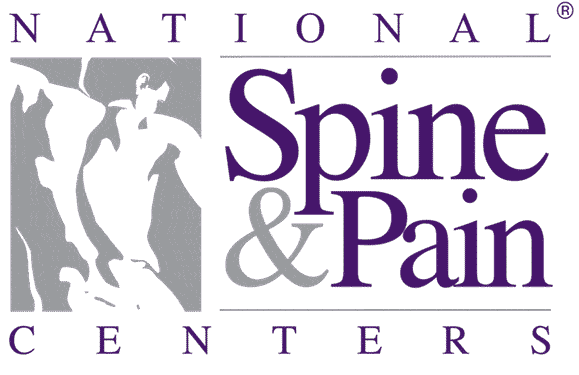Jul 20, 2018 | Blog
Treating Why You Hurt, Not Just What Hurts
Remember that song from your kindergarten days, “The foot bone’s connected to the shin bone; the shin bone’s connected to the thigh bone; the thigh bone’s connected to the hip bone…”
The idea was simple: lots of different parts work together to help us walk, dance, jump, etc. Yet for too long, the field of pain medicine has centered on the idea that doctors should focus on identifying and treating one particular cause of a patient’s pain—a disc, a joint, a nerve.
But if we truly accept that the different body parts work together, then why should we simply focus on one source of pain? We know that the 24 vertebrae of the spine (neck, upper back, and lower back) act as one. We call that the functional spinal unit (FSU). We also know that the FSU is part of an even larger musculoskeletal system that involves muscles, tendons, and other soft tissues.
We have learned that for most patients, looking at the entirety of the FSU and its related muscles and tendons beats just treating one part. It enables us to determine why our patients hurt so we can begin to treat the underlying issues that create pain rather than just treating the pain itself. Our regenerative stem cell and platelet rich plasma therapies use the patient’s own healing factors to speed the repair of tissue damage that is often the root cause of pain.
The pain medicine specialists of Stem Cell Arts, an affiliate of National Spine & Pain Centers, Cellandare trained and licensed to perform the Regenexx® Family oCell and stem Platelet procedures. They provide unparalleled expertise in stem cell and platelet-rich plasma therapy for orthopedic injuries and remain unrivaled in research presentations, publications, and academic achievements.
So stop settling for pain care that only treats what hurts. Let us address why you hurt so you can achieve long-term healing and pain relief. Call us today.
Jul 13, 2018 | Blog, Elbow
Are You Recovering from Tennis Elbow?
We are in the heart of championship tennis season: the Australian Open, the French Open, Wimbledon and the U.S. Open. But you don’t have to be a Serena Williams or Rafael Nadal to suffer from tennis elbow.
Lateral epicondylitis (the medical term for tennis elbow), is caused by overuse. Although playing tennis or other racquet sports can cause this condition, any repetitive motion of the elbow can cause the tendons that join the forearm muscles on the outside of the elbow to become inflamed and painful.
The usual course of treatment for tennis elbow is a combination of non-steroidal anti-inflammatory medicines (NSAIDs) and physical therapy to stretch and strengthen the muscles of the forearm.
When these measures fail to bring relief, the traditional next step has been to use steroid injections to introduce anti-inflammatory medicines directly to the injured area. But these medications cannot heal the tissue itself. Platelet-rich plasma (PRP) injections, however.
Because they use the healing agents from your body’s own blood platelets, PRP injections have been shown to provide an effective long-term improvement in patients with tennis elbow. One study found them to be more effective than steroids.
The pain medicine specialists of Stem Cell Arts, an affiliate of National Spine & Pain Centers, are trained and licensed to perform the Regenexx® Family of Stem Cell and Platelet procedures. They provide unparalleled expertise in stem cell and platelet-rich plasma therapy for orthopedic injuries and remain unrivaled in research presentations, publications, and academic achievements.
Call Stem Cell ARTS today to learn more about the healing properties of platelet-rich plasma therapy so you can ace your recovery from tennis elbow.

Jun 28, 2018 | Blog, Uncategorized

Dear patients,
Edison HealthCare is pioneering a new level of health care for patients by avoiding inefficient and unnecessary treatments. As you likely know, Stem Cell Arts offers Regenerative procedures consisting of Stem Cells Platelets and Growth Factor injections to treat musculoskeletal diseases and injuries. We have helped many people avoid surgery, including replacement of the knee, shoulder, and hip, as well as treating sports injuries, like ACL tears and rotator cuff tears. These treatments use a patient’s own biologic components to actually heal the injuries or damage. You may also know that we have partnered with the company Regenexx, as our research collaborator, to ensure that the treatments that our patients receive are based on the finest and most advanced processes in the world.
That said, many of you have asked “when will insurance start to cover these treatments?” Regenexx, and we, as one of its licensed providers, are actively pursuing self-insured companies to get regenerative treatments covered. Self-insured companies are well motivated to cover regenerative procedures.
The Regenexx treatments, using biologics from your own body offer a solution that provides a low-cost alternative to as many as 70% of orthopedic surgeries allowing employers to save more than 80% on orthopedic costs. Obviously, employers paying their own medical bills are extremely interested in these alternatives and the savings that they can create. With this in mind, we are forwarding you the press release noted below with the link, so that you may read further on some of these relationships that are being made. If you work for a self-insured company, or have influence at the human resource or benefits level, you may be interested in making your company aware of these opportunities and, at the same time, helping herself by getting these procedures covered for your own use. This marks the true beginning of regenerative medicine as a medical specialty.
Sincerely,
StemCellArts
Jun 21, 2018 | Blog, Uncategorized
Fact vs. Fiction
The use of stem cell therapy to treat osteoarthritis continues to grow, as does the field of research that supports this treatment. There are, however, some persistent myths about the treatment that we continue to refute. They include:
- Stem cells are harvested from aborted fetuses. This is simply not true. At Stem Cell Arts, we use your body’s own stem cells to speed up your body’s capacity for healing itself.
- If you are past a certain age, your stem cells are too old to be used. Again, this is false. If you are still living and breathing, you have proof that your stem cells are working fine. In fact, the registry data that we have collected since 2005 shows no fall off in stem cell efficacy when used for orthopedic treatments as you age.
- Every practice that offers stem cell therapy is trained in its use. That’s like saying major leaguers and little leaguers all know how to catch a fly ball. Although they may know what they are supposed to do, it doesn’t mean they do it well or with the same level of experience and skill.
That is the Stem Cell Arts difference. Our physicians are board-certified pain medicine specialists who are trained and licensed to perform the Regenexx® Family of Stem Cell and Platelet procedures. They have been performing stem cell and platelet rich plasma therapies for more than 10 years. They offer unparalleled expertise and remain unrivaled in research presentations, publications, and academic achievements.
Unfortunately, many other practitioners claiming to be specialists in stem cell therapy have done nothing more than attending a weekend training session.
When it comes to stem cell therapy, experience matters. Don’t fall for a quick sales job. Do your homework and you will quickly discover that Stem Cell Arts, an affiliate of National Spine & Pain Centers, is a big leaguer when it comes to safe, effective and experienced treatment of orthopedic conditions using advanced stem cell therapies.

Jun 14, 2018 | Articles by Body Part, Spine and Neck
-80% of adults experience back pain
-most common cause of job-related disability and leading contributor to missed work days
-incidence: men = women
-types: acute (lasts days to a few weeks), subacute (lasting 4-12 weeks), chronic (lasting >12 weeks)
Causes of Low Back Pain:
–age: initial occurrence usually 30-50 years of age
–low level fitness level: weekend warriors or sedentary-during-the-week-but-active-on-weekends folks are at increased risk of low back injury
–weight: increased weight will add stress to the discs and joints
–pregnancy: pelvic changes and weight distribution low and anteriorly stress the lumbar spine
–occupational: heavy lifting, pushing, pulling especially when it involves twisting
–genetics: some folks with have congenital (born with it) predisposition to back pain due to their genetic makeup as in ankylosing spondylosis
How is Low Back Pain Diagnosed?
-physical exam: physician/medical provider
-imaging: MRI, CT, x-rays, bone scans, blood work
How is Low Back Pain Treated?
–Traditional approaches: heat/ice, activity, physiotherapy, medications, chiropractic, traction, acupuncture, biofeedback, nerve blocks and surgery.
–Regenerative therapiesinclude: prolotherapy, platelet rich plasma (PRP), platelet lysate and stem cells. These treatment options are great for pinched nerves causing radiation pain to the hips or legs, facet mediated pain, instability, disc pain or SI joint dysfunction.
–Prolotherapy: is a solution of dextrose, normal saline and local anesthetic, used frequently to improve stability of the ligaments of the lumbar spine and sacrum/pelvis by injecting specific ligaments and supporting structures of the lumbar s: the supraspinous, infraspinous, iliolumbar, deep dorsal ligaments of the SI joint. Joints also benefit from prolotherapy. Therefore, facet joints, hip and sacroiliac joints can also improve low back pain.
–Platelet Rich Plasma: we draw the patient’s blood, like a blood donation, and through specialized lab processing, we collect and concentrate the platelets for reinjection into the joints, tendons and ligaments including: the facet joints, sacroiliac (SI) joints, and lose ligaments and tendons.
–Platelet Lysate: we draw the patient’s blood, like a blood donation. In our office, we have an ISO-5 lab where we are able to process the platelets allowing us to keep all the good content (growth factors, anti-inflammatories, chemotactic factors and signally molecules) and discard the rest. We then inject this concentrated growth milieu into the epidural space and peripheral nerves without irritation (sciatica, radiculopathy).
–Stem Cells: autologous (comes from the patient’s own bone marrow) are very potent progenitor cells that can help injured bone, ligament, tendon, cartilage and muscle to heal. Stem cells are typically used in the spine when there is significant or recalcitrant facet joint pain/osteoarthritis (OA) and/or significant disc degeneration.
All regenerative injections are done under guidance, using musculoskeletal ultrasound and/or fluoroscopy (x-ray).
Results vary depending on extent of injury/degeneration. Usually, a patient will get 1-3 series of injections to maximize their healing response. Not every patient is a candidate. We encourage patients to bring their imaging (x-rays, MRIs, CTs, etc.) that’s been done within 2 years, as this will complement the exam. New imaging can be ordered as well. We are proud to offer the most trusted and effective orthopedic stem cell procedures currently available. We welcome the chance to meet with you and to add you to our list of satisfied patients. Contact us today. Contact us today.


